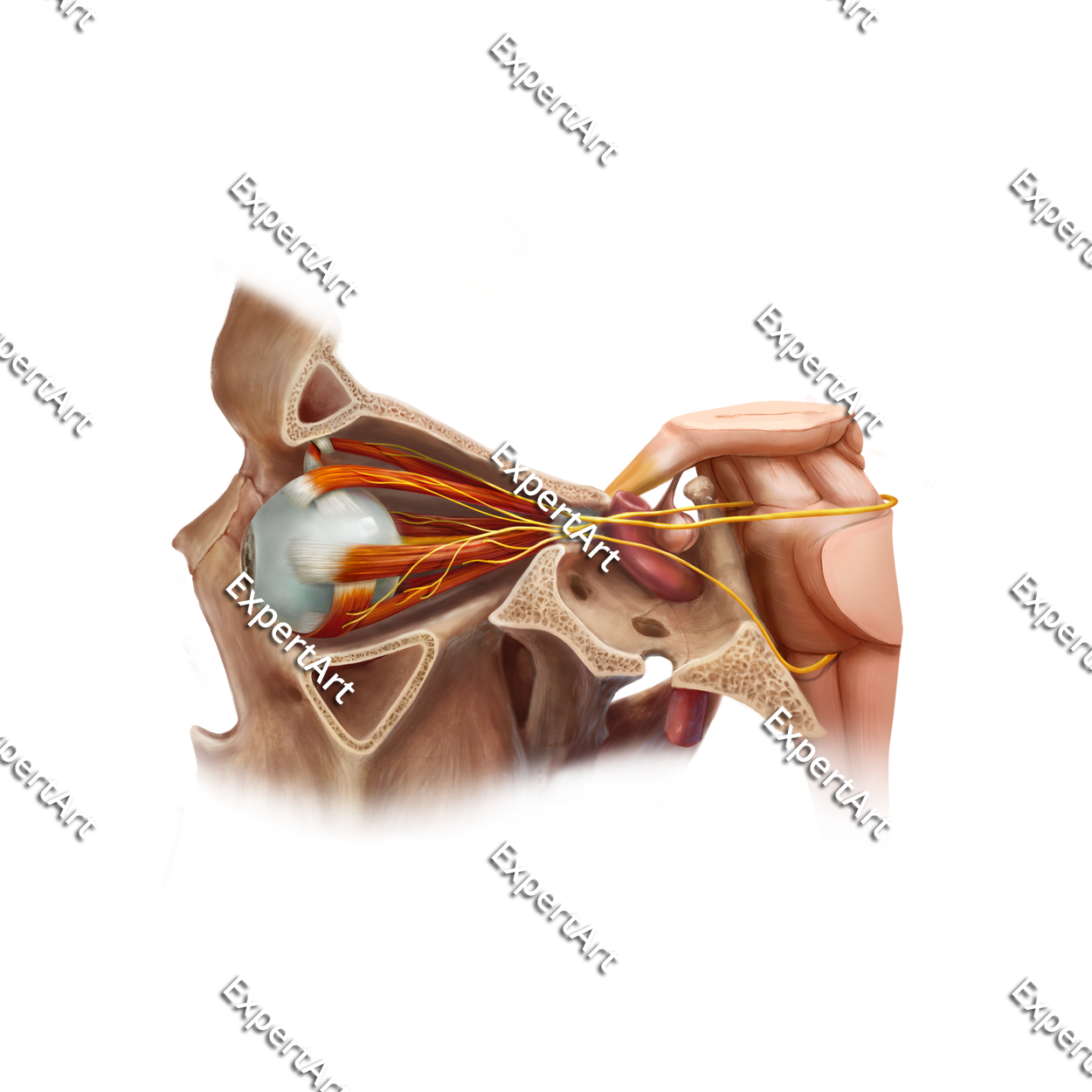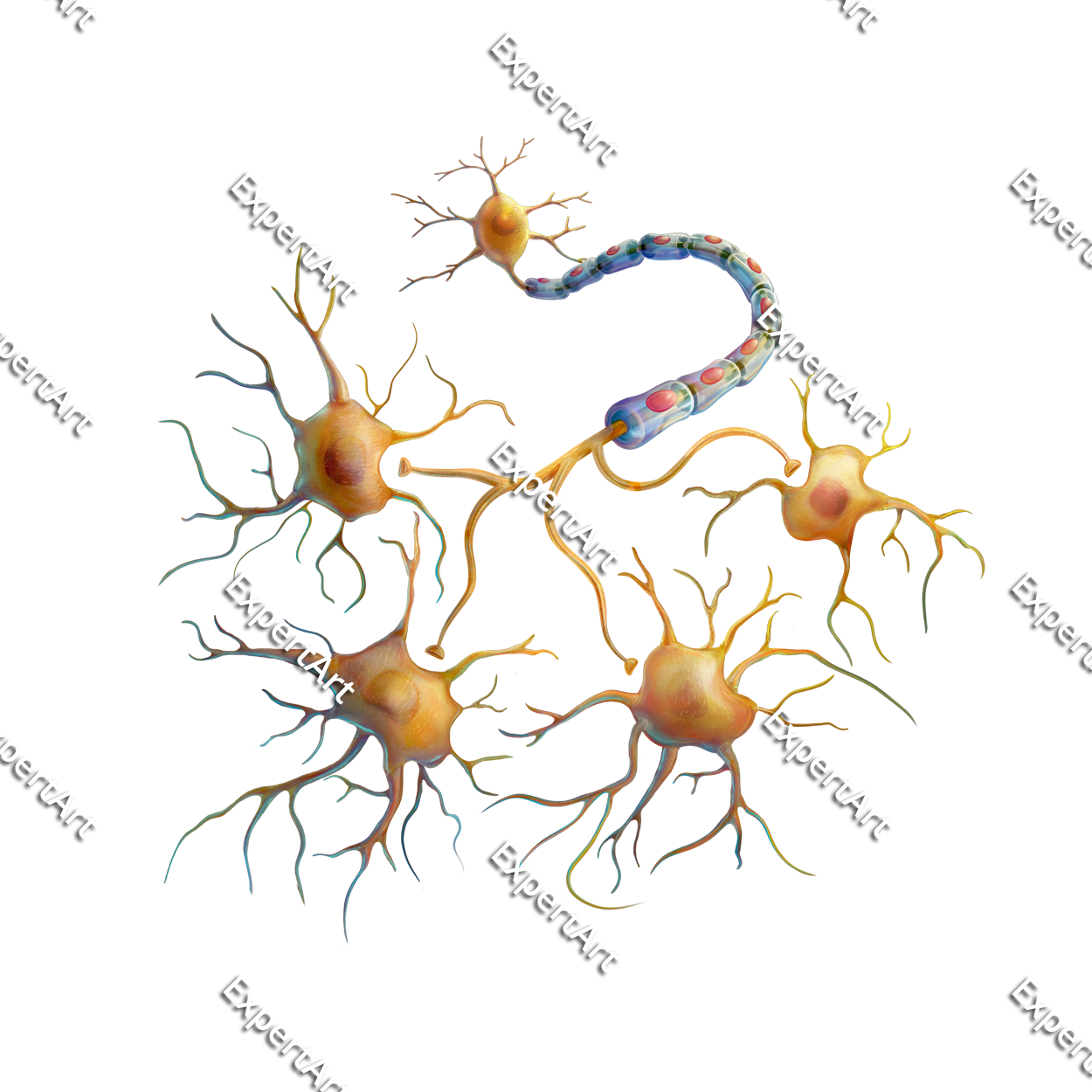
Trochlear Nerve
The trochlear nerve is the fourth cranial nerve (CN IV). It is a motor nerve that solely innervates the superior oblique muscle of the eye. This muscle allows the eye to: Rotate internally (intorsion) Move downwards (depression) Rotate laterally (abduction) The trochlear nerve is a...




